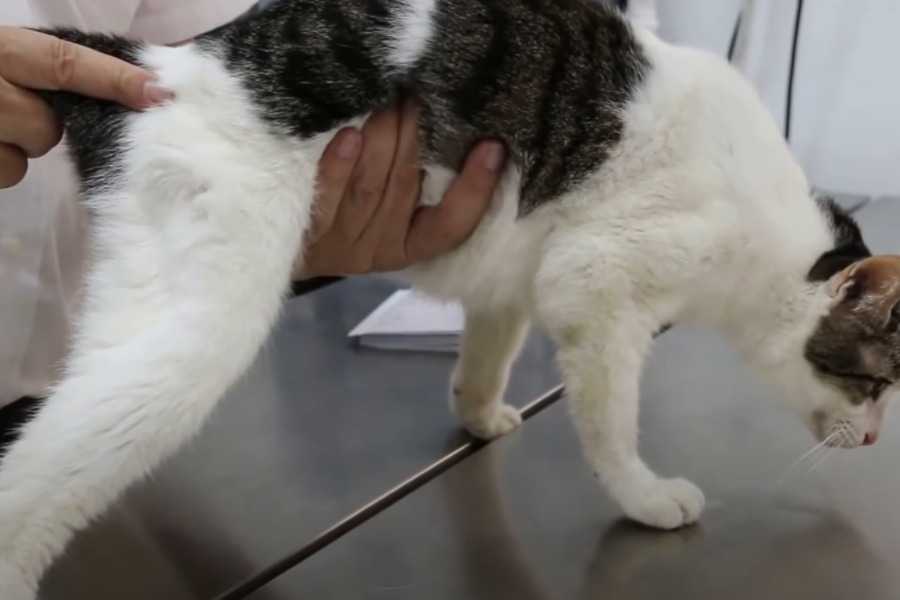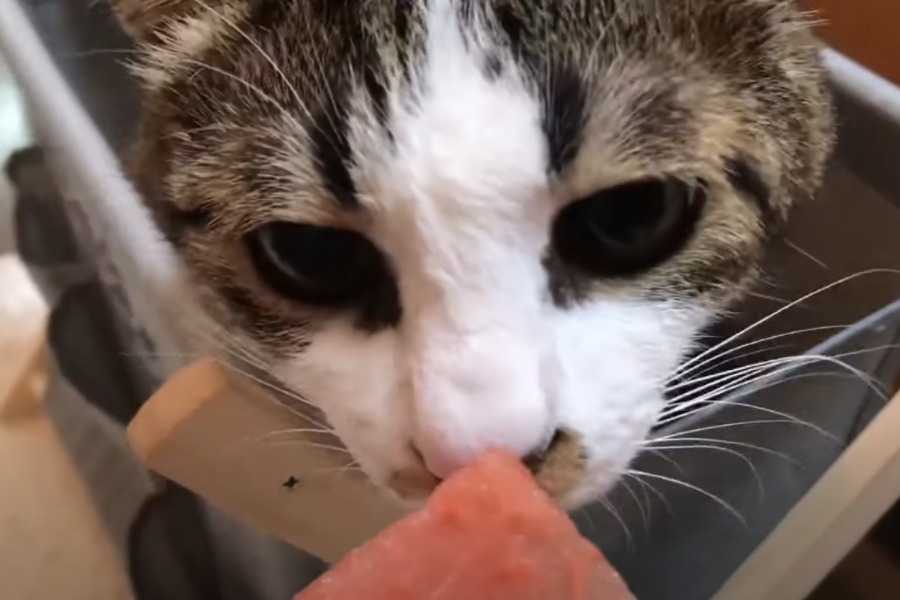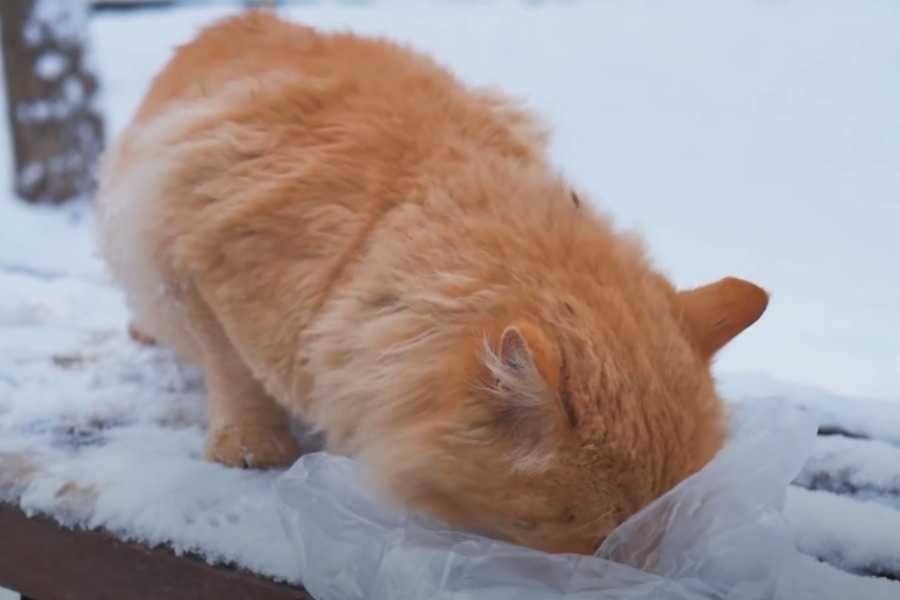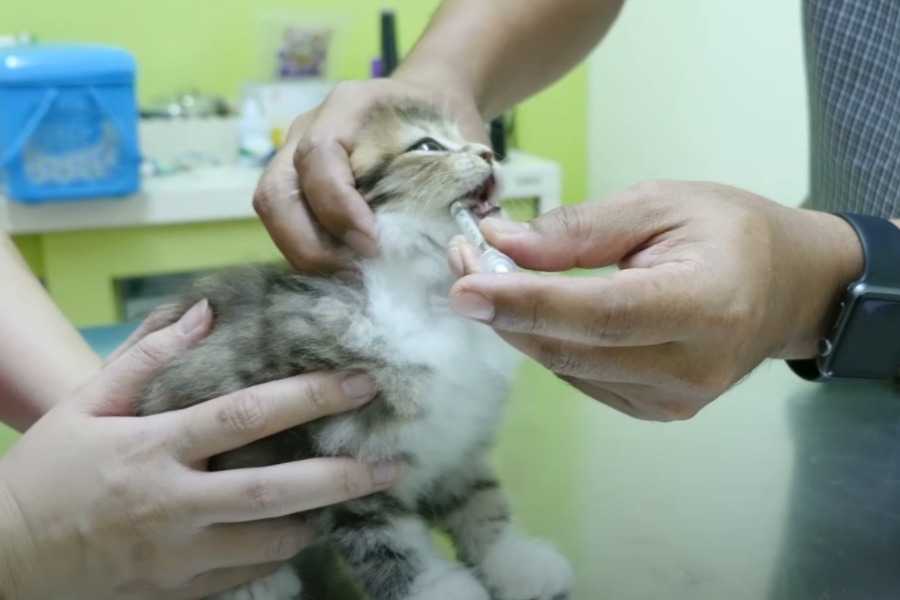Is Cat Vomiting an Emergency? Understanding and Addressing Cat Vomiting

Is Cat Vomiting an Emergency? It’s a problem that’s so prevalent that some people mistakenly believe it’s normal. However, let me assure you, it’s not.
In this post, we’ll explore what causes cat vomiting, how to differentiate it from other health conditions, and most importantly, what you can do about it.
Vomiting vs. Regurgitation: What’s the Difference?

First, let’s clarify two terms that often confuse pet parents: vomiting and regurgitation. While they might seem similar, they’re actually quite different.
Vomiting is an active process where your cat forcefully expels something. It involves the contraction of the diaphragm and abdominal muscles and is controlled by the brain.
On the other hand, regurgitation is a passive, retrograde movement of undigested food from the esophagus or stomach back out through the mouth. This usually happens soon after eating, and the food is almost always undigested.
Regurgitation in cats is often due to a condition called megaesophagus, which we won’t cover in this post. But it’s important to know the difference to understand whether your cat is vomiting or regurgitating.
What Causes Cat Vomiting?

Vomiting in cats can be classified into two broad categories based on the cause: gastrointestinal (GI) causes and extra-GI causes. GI causes are primarily problems with the digestive tract, while extra-GI causes are issues outside the GI tract that lead to nausea and vomiting.
We also differentiate between acute vomiting (happening for less than five to seven days) and chronic vomiting (occurring for more than a week or intermittently). Acute vomiting usually resolves with symptom treatment or on its own, while chronic vomiting often does not.
Common causes of acute vomiting in cats include dietary indiscretion (eating something they shouldn’t), parasites, bacterial infections, kidney disease, pancreatitis, hyperthyroidism, severe constipation (obstipation), liver disease, Addison’s disease, uncontrolled diabetes, and inflammatory bowel disease.
Chronic vomiting, on the other hand, can be caused by food intolerance or allergies, cancer, nervous system problems, certain drugs, birth defects, and stress. For more information on stress in cats, check out our post on 21 warning signs your cat is crying for help.
Signs of Vomiting in Cats

The signs of vomiting in cats can vary. They may vomit food, undigested food, clear or yellow liquid, or even blood. Cats that are vomiting often feel nauseous and don’t want to eat, but they may drink more than usual.
Other signs associated with vomiting and nausea include a swollen or painful abdomen, diarrhea, drooling, restless behavior, open-mouth breathing, jaundice (yellowing of the skin or whites of the eyes), weight loss, poor hair coat, signs of dehydration, and bad breath.
If your cat has chronic kidney disease, they may also have uremic ulcers, which are stomach ulcers caused by kidney disease and can lead to digested blood in their stool, resembling coffee grounds.
Preventing Cat Vomiting: Proactive Measures

Preventing cat vomiting starts with understanding your cat’s dietary needs and behaviors. Here are some proactive measures you can take:
Monitor your cat’s diet: Ensure your cat is eating a balanced, high-quality diet. Some cats may have food allergies or intolerances, so it’s crucial to monitor their reaction to different foods. If you suspect a food allergy, consult with your vet about conducting a food trial.
Avoid sudden dietary changes: Sudden changes in your cat’s diet can upset their stomach and lead to vomiting. If you need to change their diet, do so gradually over a week or two.
Keep harmful substances out of reach: Cats are curious creatures and may ingest harmful substances, leading to vomiting. Keep things like cleaning supplies, certain plants, and small objects out of your cat’s reach.
Regular vet check-ups: Regular vet check-ups can help catch any potential health issues early before they lead to vomiting.
Common Misconceptions About Cat Vomiting

There are many misconceptions about cat vomiting that can lead to misunderstandings and potentially harmful situations. Here are a few common ones:
Vomiting is normal for cats: As we’ve discussed, vomiting is not normal for cats. While it may be common, it’s usually a sign of an underlying health issue.
Hairballs are the only cause of cat vomiting: While hairballs can indeed cause vomiting, they’re just one of many potential causes. Other causes can include dietary issues, infections, and chronic diseases.
Only sick cats vomit: Even healthy cats can vomit occasionally due to factors like eating too quickly or consuming something they shouldn’t. However, frequent vomiting is a cause for concern and should be addressed with your vet.
Treating Cat Vomiting: What Can You Do?

Remember, vomiting itself is not a diagnosis; it’s a symptom. The key to treating cat vomiting is to address the underlying cause and control the nausea that’s causing the vomiting.
To identify the underlying cause, you’ll need to work with a veterinarian who may need to run some tests on your cat. These tests could include lab work (blood work, urinalysis, fecal tests), and imaging studies (X-rays or abdominal ultrasound).
Once the cause is identified, the treatment plan may include addressing dehydration, stopping the vomiting, withholding food for a short period (under the supervision of a veterinarian), administering anti-nausea drugs, and feeding your cat a bland diet. In some cases, your vet may recommend a diet trial to see if a food allergy is causing the vomiting.
In severe cases, such as when a foreign object is causing an obstruction, surgery may be required. If stress is the cause, you’ll need to modify your cat’s environment and work with your vet on calming aids or prescription strength stress medication.
Conclusion

As common as cat vomiting is, it’s crucial to remember that it’s not normal. If your cat is vomiting regularly, there’s something that can be modified to help stop it. Work closely with your vet to identify the cause and establish a treatment plan.
Remember, you’re not alone in this. Many cat owners have faced this issue, and with the right information and support, you can help your cat feel better.
If you found this information helpful and want to learn more about how to help your cat, check out our other posts on PawsAdviser. We’re here to provide you with the knowledge you need to make the best decisions for your pet.
Tags
Share
Table Of Contents
Related Posts
Quick Links

